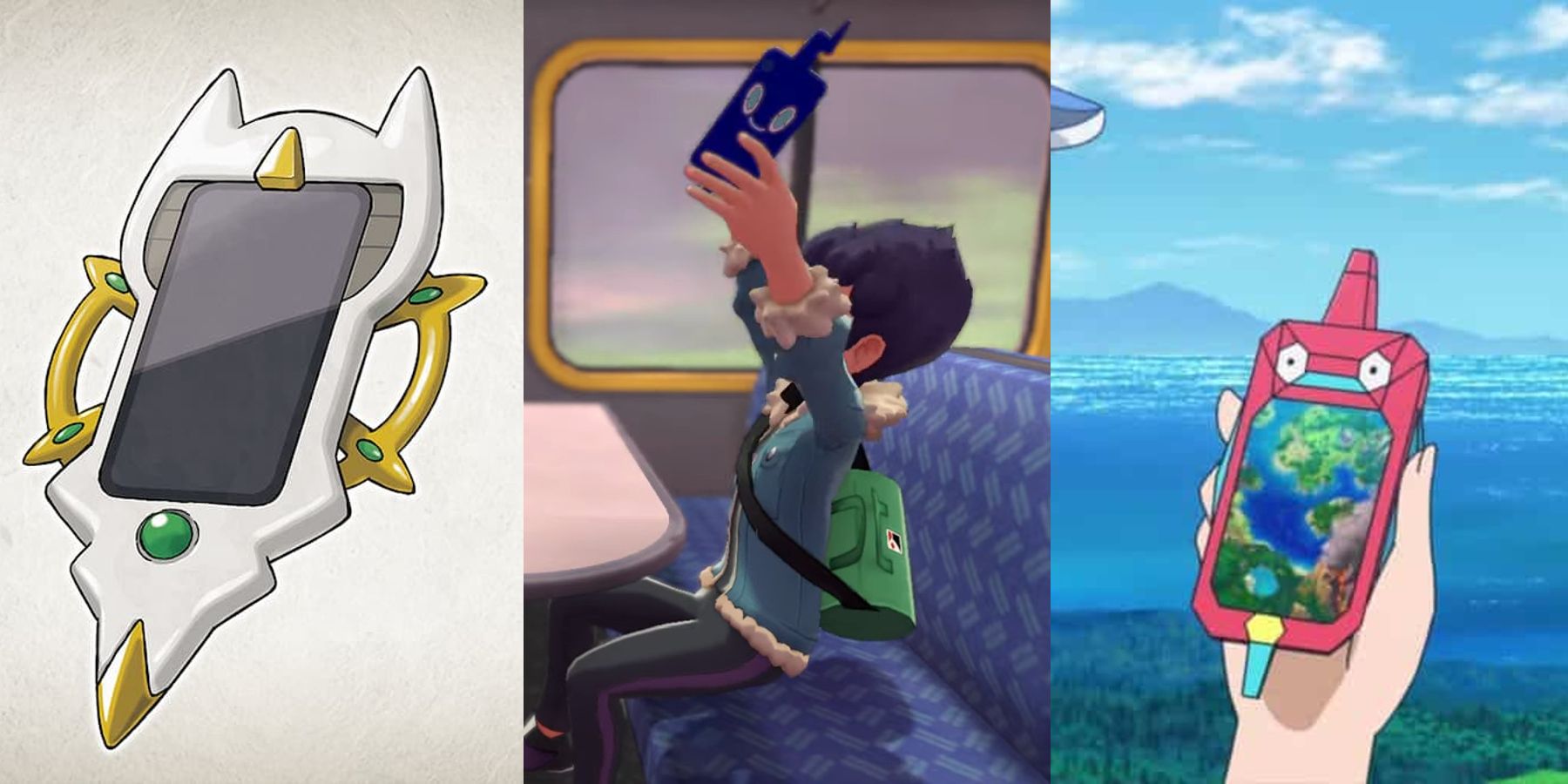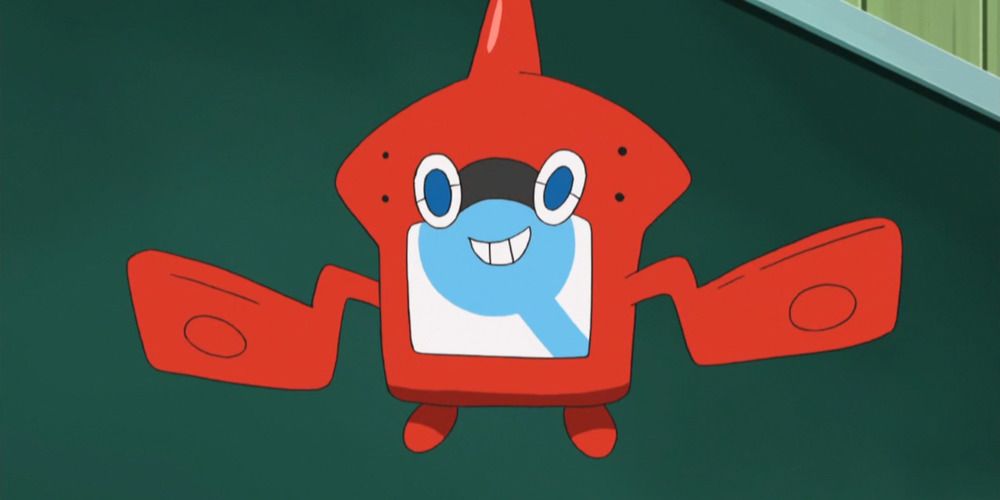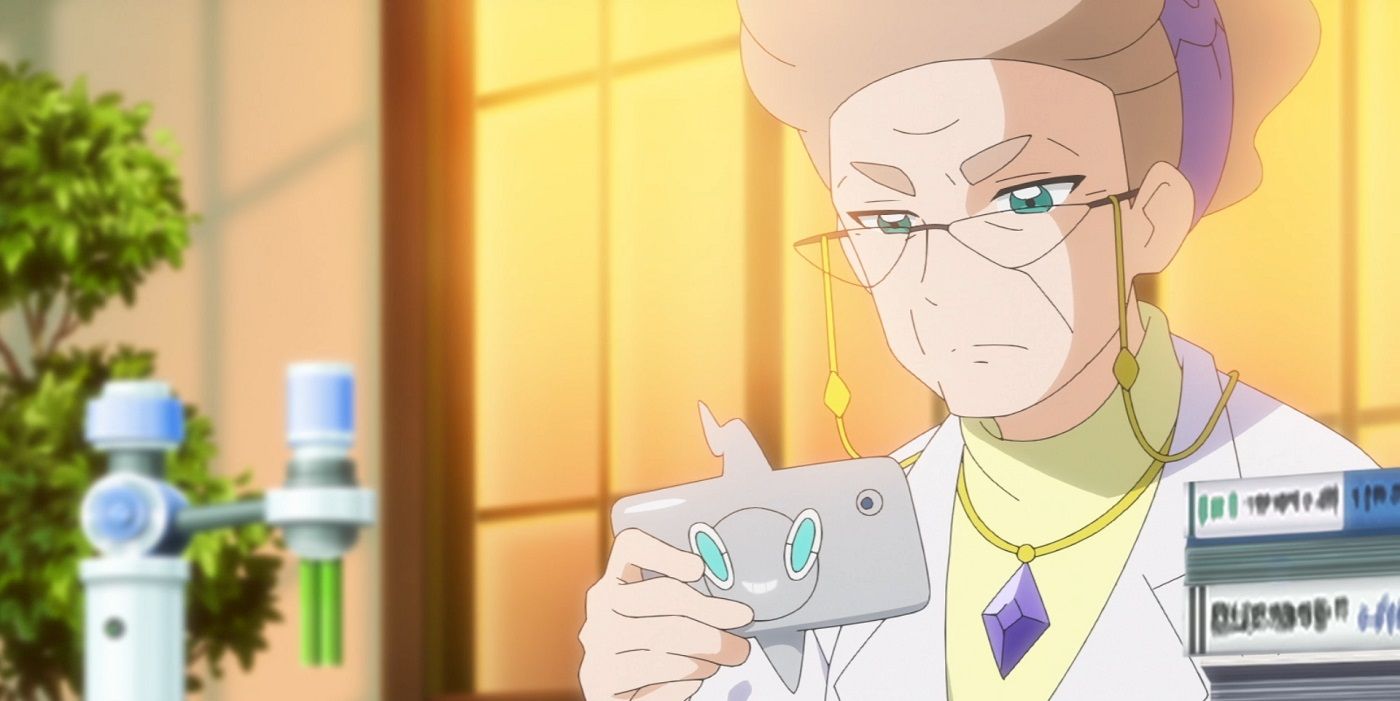The Pokemon franchise is just as interested in examining the benefits of technological advancement as it is the way humans and nature can co-exist. It's become tradition for every mainline game to include an NPC near the starting town who remarks on how amazing it is that science or technology allow people to store Pokemon in the PC or trade with others all around the world. Pieces of tech in the world also change alongside real life, notably which Nintendo console is available in the player character's home.
When Pokemon Red and Green had their Japanese release in 1996, people having computers at home was still novel. Nowadays, each new Pokemon Generation introduces hardware to keep players connected, often some kind of smartphone analog. As the series hones in on one particular technological brand, it would behoove every game under its umbrella to really dive into that brand's possibilities rather than continue to splinter off new ideas.
The Evolution of Pokemon Player Tech
The first Pokemon games introduced the Pokedex, an encyclopedia that tracks data for monsters the player encounters across Kanto. It was invented by Professor Oak, who sent Red (or as remakes Firered and Leafgreen allowed, Leaf) to find all 151 Pokemon. Generation 2 then introduced the first true equivalent to a cell phone called the Pokegear, invented by the Kanto region's Silph Co., which also included a clock, map, and radio.
After that came Ruby, Sapphire, and Emerald's PokeNav, a product of the Devon Corporation, which could call people for rematches, view a map, and track Contest ribbons. In Omega Ruby and Alpha Sapphire, the more advanced PokeNav Plus also let players watch in-game television and track Pokemon in any given area. The Poketch introduced in Diamond and Pearl was a more prescient smartwatch with kitchy apps ranging from calculators and pedometers to ways of tracking friendship levels. Brilliant Diamond and Shining Pearl will give the Poketch even more functions, such as activating HMs.
Pokemon Black and White introduced the C-Gear: a watch that could facilitate in-game video calls, warp players to the Entralink where they could catch Pokemon from the Dream World, and access online functions like global trade. Pokemon X and Y didn't really have a piece of technology to explain its robust Player Search System, but this was later folded into the PokeNav Plus. After that things began to consolidate, with Sun and Moon introducing a talking Rotom-powered Pokedex aptly called the Rotom Dex, followed by Sword and Shield's Rotom Phone.
Pokemon Should Keep Iterating on Rotom Tech
The idea of there being multiple companies around the Pokemon world working on different branches of technology at once makes a lot of sense. Giants like Silph Co. and the Devon Corporation each having their own version of a cell phone that dominates the local economy is clever world design that masks the evolution of real-world features behind in-universe competition.
However, Rotom-based tech is perhaps the most interesting idea Game Freak settled on, as it builds further upon the idea of people and nature working together - while giving extra use to a monster that was designed to inhabit technology. With the jump between Generation 7 and 8 retaining Rotom tech, including auxiliary devices such as drones watching over competitive matches, it's also possible for the developer to explain this via some equivalent to the domination a brand like Apple, Samsung, or Xiaomi. Yet Pokemon isn't fully committing to this.
DeNA's mobile game Pokemon Masters EX has the Poryphone, which is treated like a cell phone in-universe despite it primarily serving as the UI for any menus. It is powered by the Sync Stones that activate powerful "Sync Moves" during battles. Meanwhile, Pokemon Legends: Arceus intends to introduce the Arc Phone, a strangely anachronistic cell phone-like device that primarily serves as a map - cribbing off Breath of the Wild's Sheikah Slate.
While one could argue the Arc Phone is excessive given Legends: Arceus is taking players into the near-past, it easily could have been explained using a Pokemon like Rotom. They originate from the Sinnoh region, and thus may have appeared in Hisui in some form despite taking the game place before the invention of major electrical appliances. Poryphones could just as easily be explained by Rotom, as without them it begs the question why Pokemon world residents would rely on sentient beings if other options exist. Hopefully true Generation 9 Pokemon games and beyond pick one direction to explore and really hone in.



